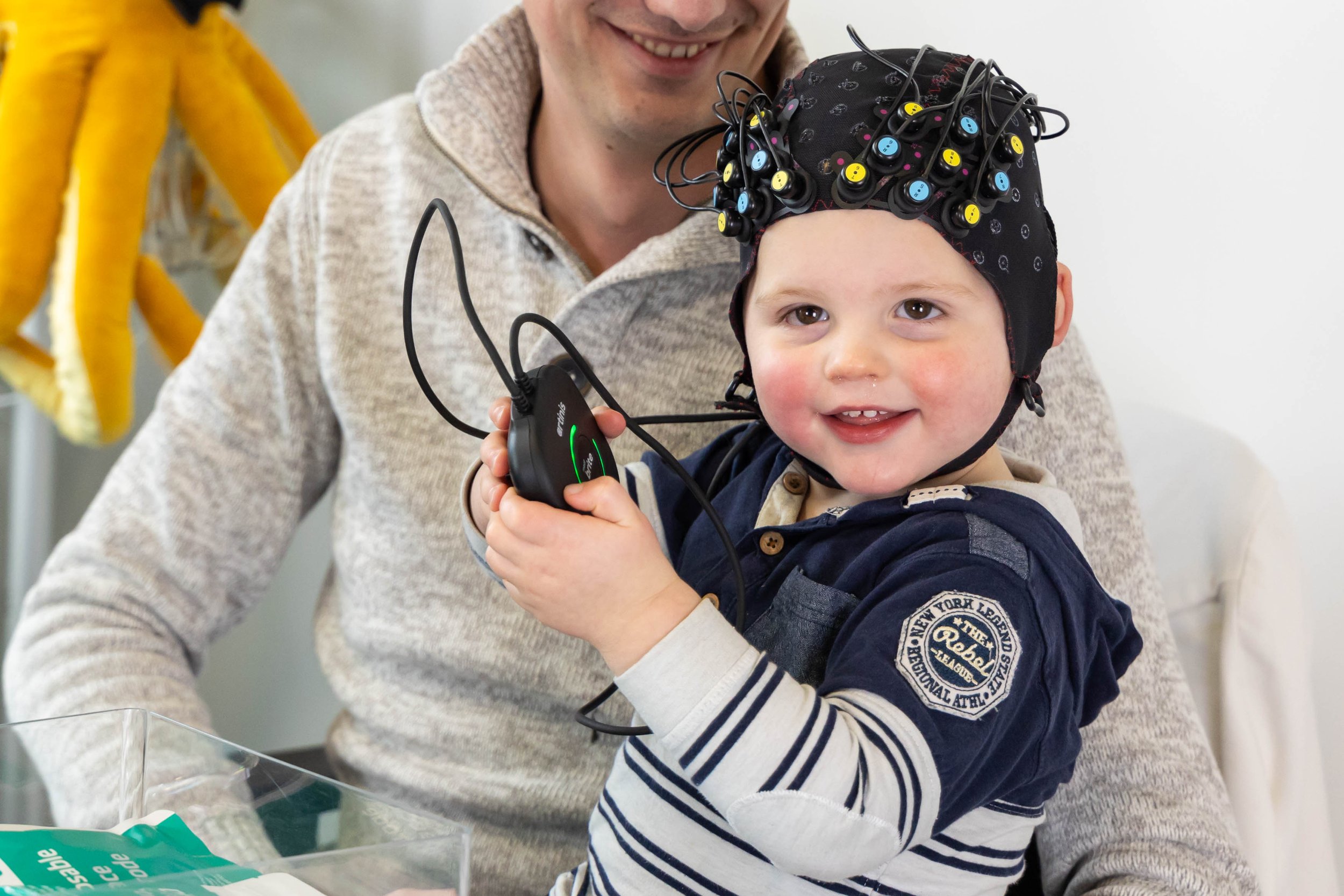In Artinis NIRS blog, you will find the latest trends in (f)NIRS, NIRS studies and applications, tutor from the leaders of near infrared spectroscopy, not to mention detailed insights and tips and tricks for your research!
Search blog post topic

Which experimental designs to use in fNIRS — Event-related design
Event-related study design is frequently used in fNIRS experiments, especially in naturalistic settings or multimodality setups. In this blogpost, we explain what event-related study design is, and dive into its advantages and considerations, as well as recommendations on how to best set up an event-related fNIRS study.

Comparison of fNIRS with other neuroimaging modalities – fNIRS vs. fMRI
fMRI is widely used and seen as the gold standard in non-invasive in-vivo brain imaging. However, due to its technology, it is comes with certain limitations in participant groups and experiments. fNIRS is portable, easy to use and can be applied in subjects of all ages. Hence, it can provide a valid alternative to fMRI in many applications. In this blogpost we discuss advantages that fNIRS has over fMRI, considerations that should be kept in mind and we highlight literature using fNIRS and fMRI to compare, or get complementary information.

Using a customized Brite during diving - a blogpost interview with Triton Systems, Inc.
As it is portable, customizable and easy to use, fNIRS can be applied to measure brain activity in various and unusual applications. In this blogpost, we interview Triton Systems, Inc., who modified the Brite to make it waterproof and use it to get insights on brain oxygenation during deep water diving. They explain challenges they faced during modification, and give insights into first results of applying fNIRS during diving.

Publication overview 2024 - mNIRS studies with our devices
In 2024, an increasing number of exciting papers measuring muscle NIRS with our devices have been published. In this blogpost, we depict application fields and purposes of using NIRS to measure muscle oxygenation, and highlight relevant studies published in the last year using Artinis devices per category. Further, we show recent publications targeting to assess reproducibility in muscle NIRS.

Publication overview 2024 - fNIRS studies with our devices
In 2024, an increasing number of relevant literature measuring brain activity with our fNIRS devices have been published. In this blogpost, we discuss application fields and purposes of using fNIRS to measure in the brain, and highlight exciting studies published in the last year with Artinis devices per category. Further, we show recent publications using our devices in naturalistic settings outside of the lab.

The Advantages of Combining fNIRS and EEG for Brain Monitoring
It is widely recognized that combining fNIRS and EEG can lead to a better understanding of brain activity by improving temporal and spatial resolution. However, the positive effects of simultaneously using both modalities go way beyond this advantage. In this blogpost, we highlight further benefits of applying the fNIRS-EEG combination to assess brain function in cognitive states.

Publication overview 2024 - Studies measuring brain and muscle oxygenation simultaneously using our devices
NIRS can be used to measure brain and muscle oxygenation at the same time to get a complete picture on oxygen status in the body. We are happy that in 2024 an increased number of studies using NIRS on brain and muscle simultaneously in various application fields was released. Read this blogpost to learn more about application areas of NIRS to assess cerebral and muscular oxygenation, and highlighted publications of last year per category.

Which experimental designs to use in fNIRS — Block design
Block design is one of the most frequently used experimental designs when performing fNIRS experiments, as it offers various advantages. In this blogpost, we explain characteristics, advantages and considerations of block design experiments, and give recommendations on how to correctly use it in your fNIRS research.

Announcing Artinis’ Acquisition of TMSi: A Strategic Partnership
We are proud to announce that Artinis has acquired TMSi. This acquisition allows both companies to leverage over two decades of combined expertise and technology, enabling us to offer even more advanced solutions for the medical and scientific markets.

Which experimental designs to use in fNIRS — Introduction
This is the introduction post of our blogpost series on experimental designs in fNIRS. In this blogpost, we explain what fNIRS measures, which general considerations have to be considered, and which frequent experimental setups we have for fNIRS.

Artinis Medical Systems elevates Marianne Floor-Westerdijk as the new co-CEO
Artinis Medical Systems B.V., the pioneer innovator in wearable near-infrared spectroscopy (NIRS) technology, announces a new chapter in its leadership with the appointment of Marianne Floor-Westerdijk, MSc. as co-CEO alongside Dr. Willy Colier. This transition coincides with the well-deserved retirement of Roeland van der Burght, Msc., who steps down from his role as CEO but remains part-time connected to Artinis as COO.

Publication overview 2023: Using our Artinis NIRS devices to measure in the muscle
We are proud that in 2023, an increasing number of publications using our NIRS devices to measure muscle oxygenation was found. In this blogpost, we list application areas with papers released last year utilizing our devices. We also highlight and summarize interesting publications per application category.
